Deep Listening with Suki Sou
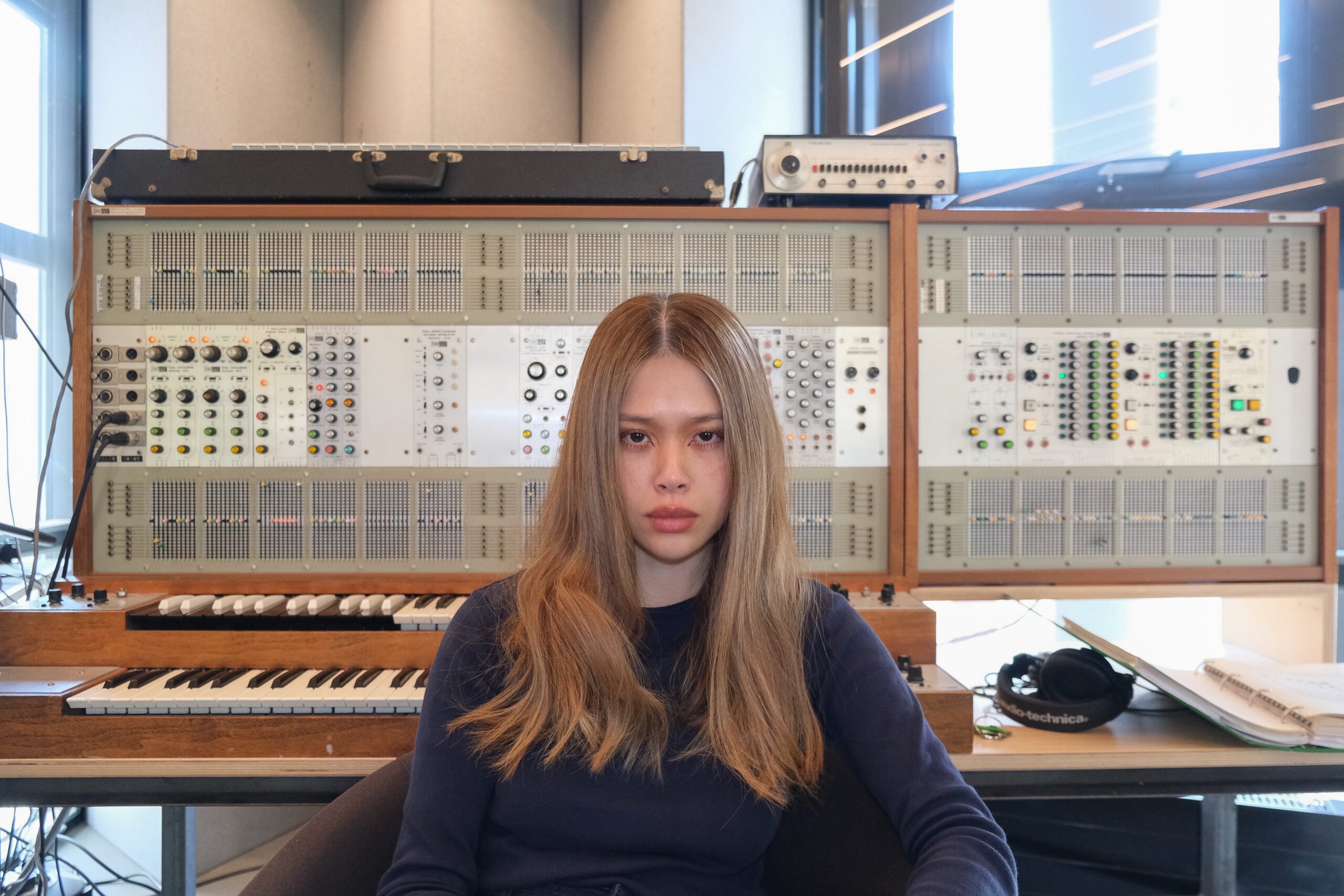
Suki Sou’s creations are made for moments of reflection, for moments of mindfulness and relaxation.
The composer, sound designer and self-taught improviser has always had a love for music that gives you space to focus; music that allows you to fully listen to every element and vibration.
A lover of early electronic instruments, the Macau-born artist, who is now based in the Peak District, uses her own arsenal of rare synthesizers and modular systems to fashion a personal take on these immersive sonics.
Her new album Notes on Listening is a lush and pure union of sunlit electronica, komische, drone, ambient and proto techno, that celebrates sonic simplicity and modern technology, whilst tipping the hat to some of her formative influences like Terry Riley, Suzanne Ciani and Laurie Spiegel.
Following the album’s release in April, Suki shares a selection of her favourite music for deep and mindful listening. In her own words, each track has been “Carefully selected to create an immersive listening experience. Whether you’re looking for music to help you focus, look inwards, or simply get lost in your thoughts.”
Sit back, relax and let the music wash over you…
Topics
“Tone Phase 1 For 2 Guitars & 4 Oscillators” is a dense and atmospheric instrumental track from the album “Floating Frequencies|Intuitive Synthesis” by Eleh. The repetitive and slowly evolving velvet structure of the track, created using two guitars and four oscillators, really draw me in and encourages deep listening and introspection. This album is a testament to Eleh’s innovative approach to sound and a great example of how minimalism can be used to create profound sonic experiences.












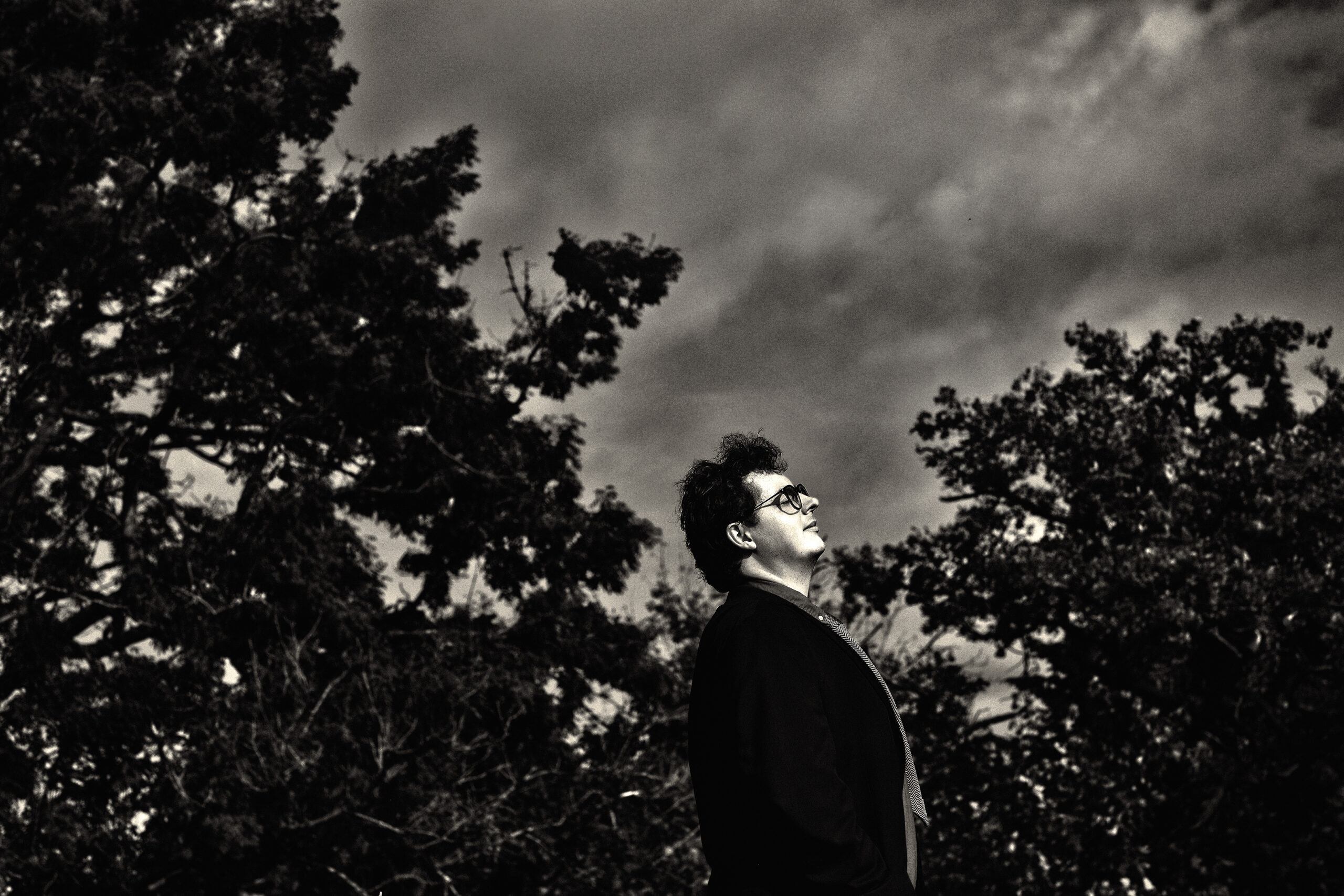
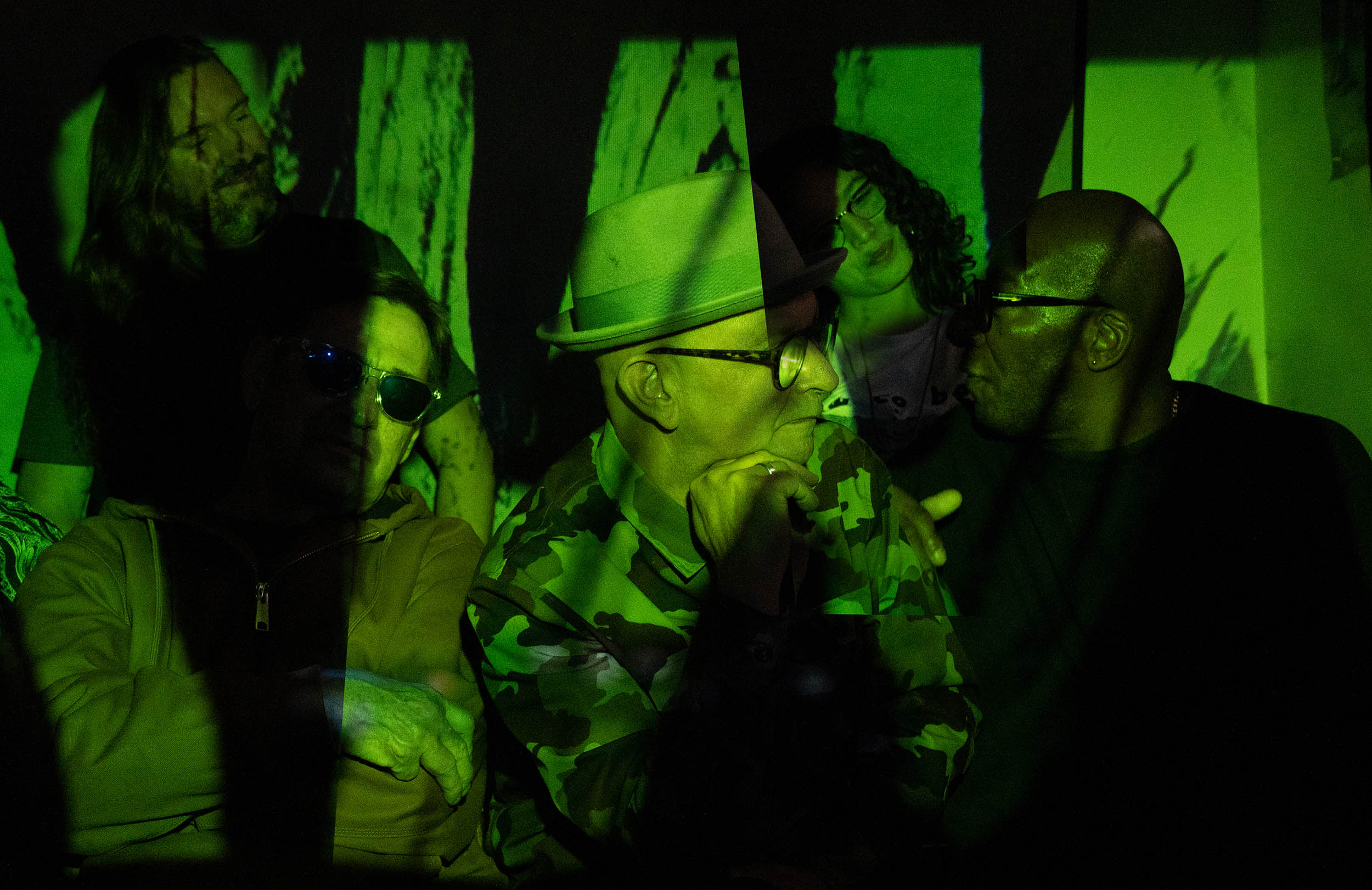
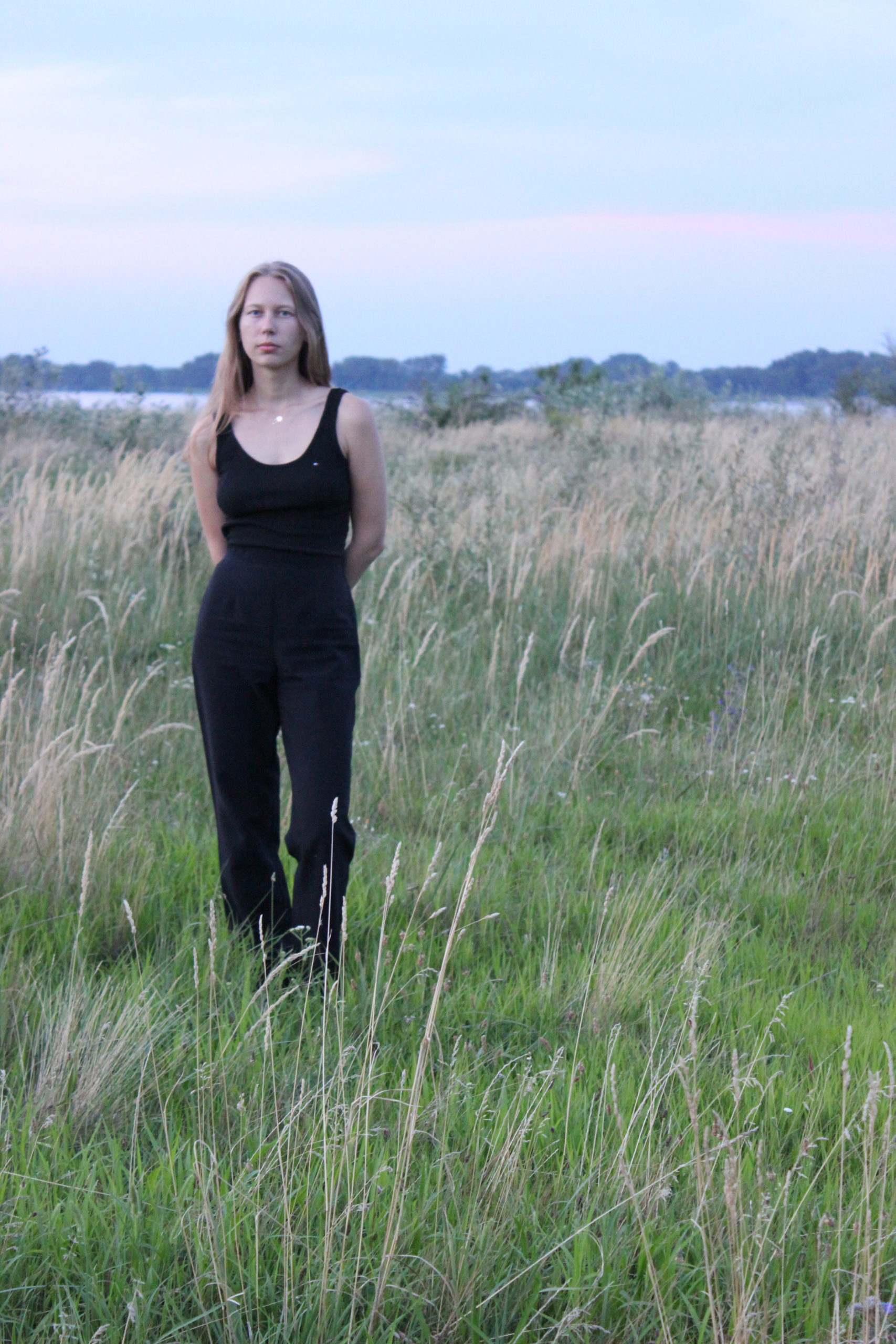










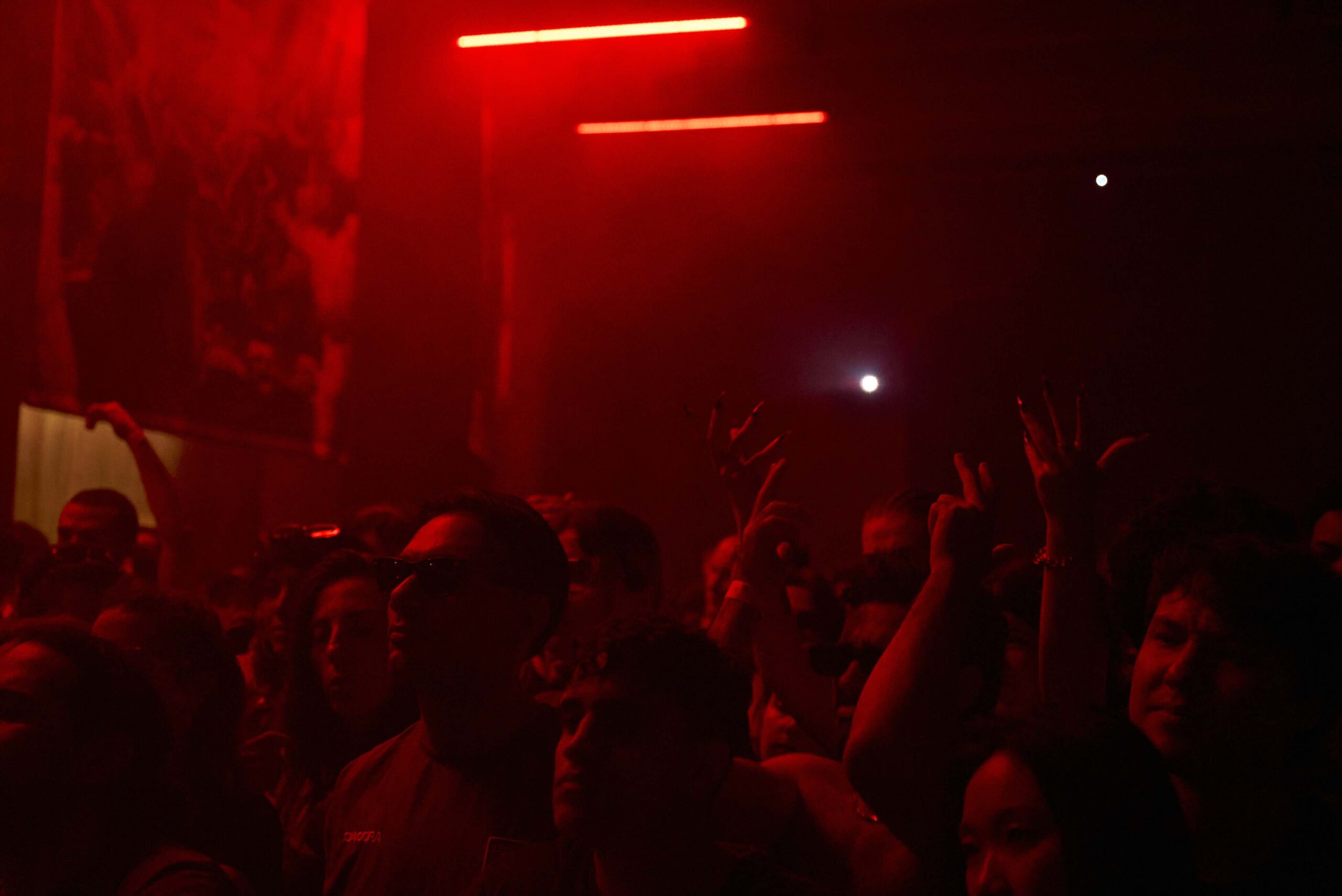
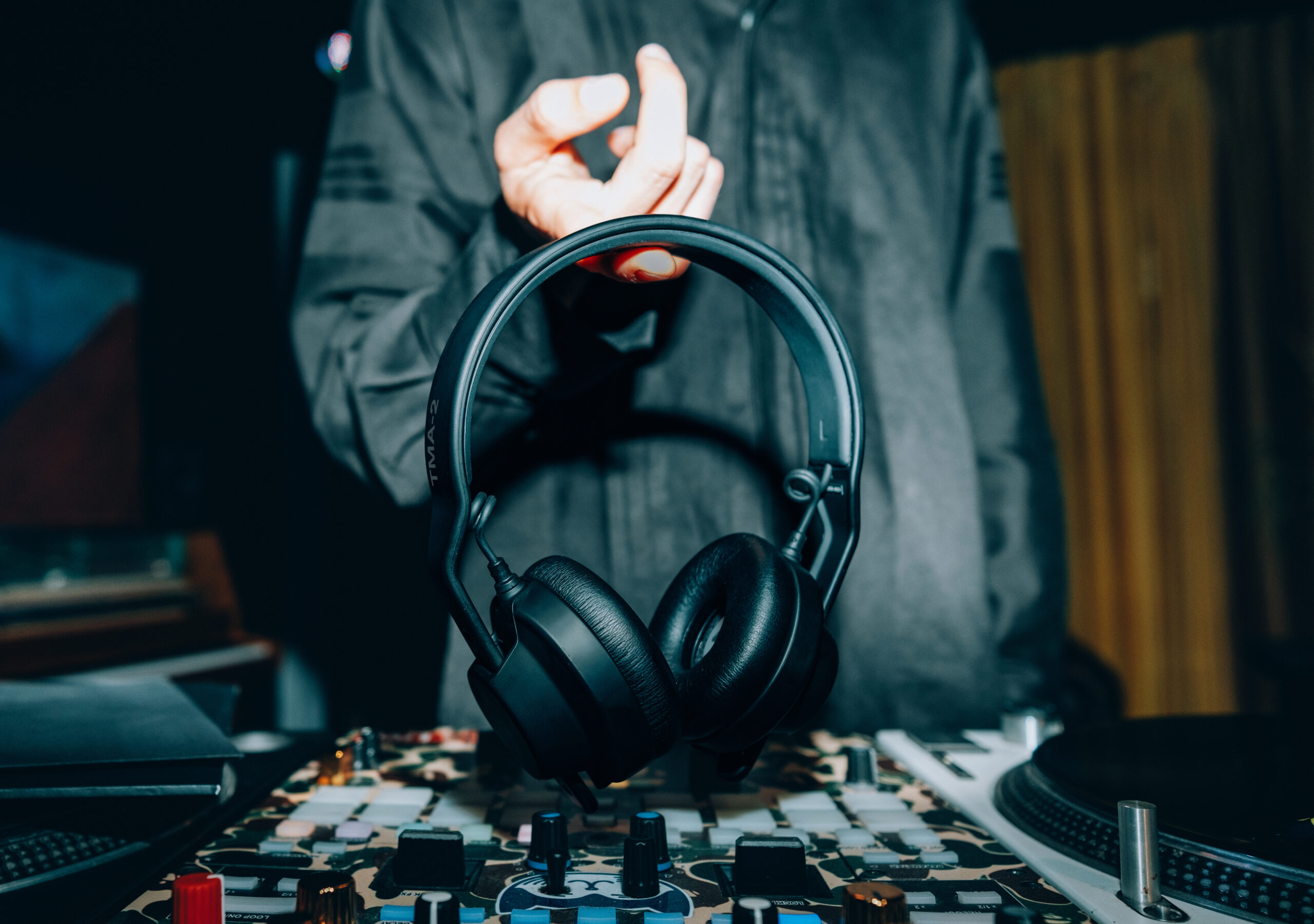
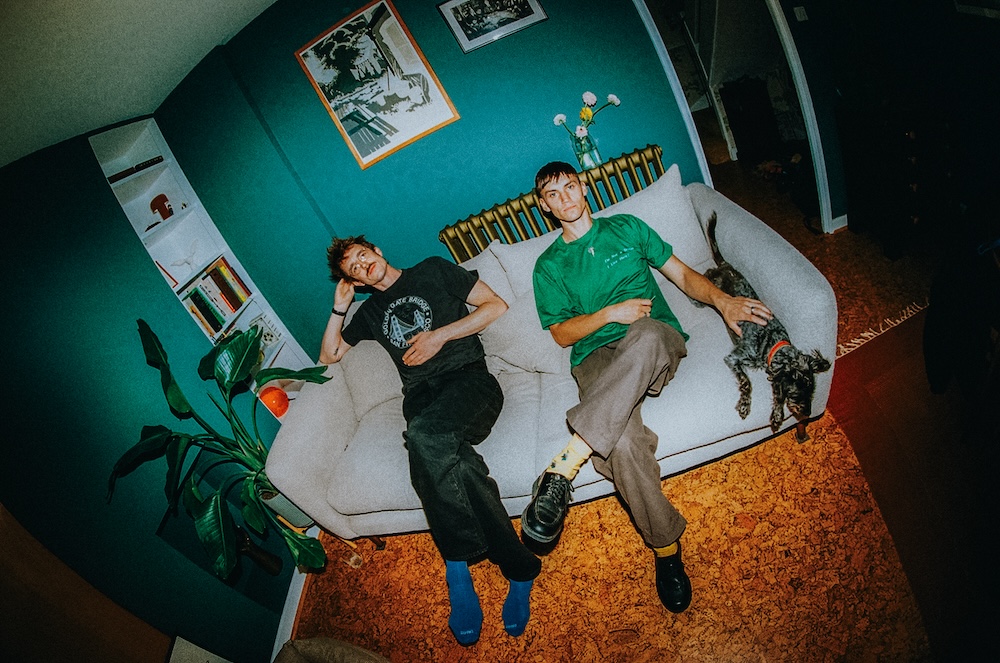



Must Reads
David Holmes – Humanity As An Act Of Resistance in three chapters
As a nation, the Irish have always had a profound relationship with the people of Palestine
Rotterdam – A City which Bounces Back
The Dutch city is in a state of constant revival
Going Remote.
Home swapping as a lifestyle choice
Trending track
Vels d’Èter
Glass Isle
Shop NowDreaming
Timothy Clerkin
Shop Now